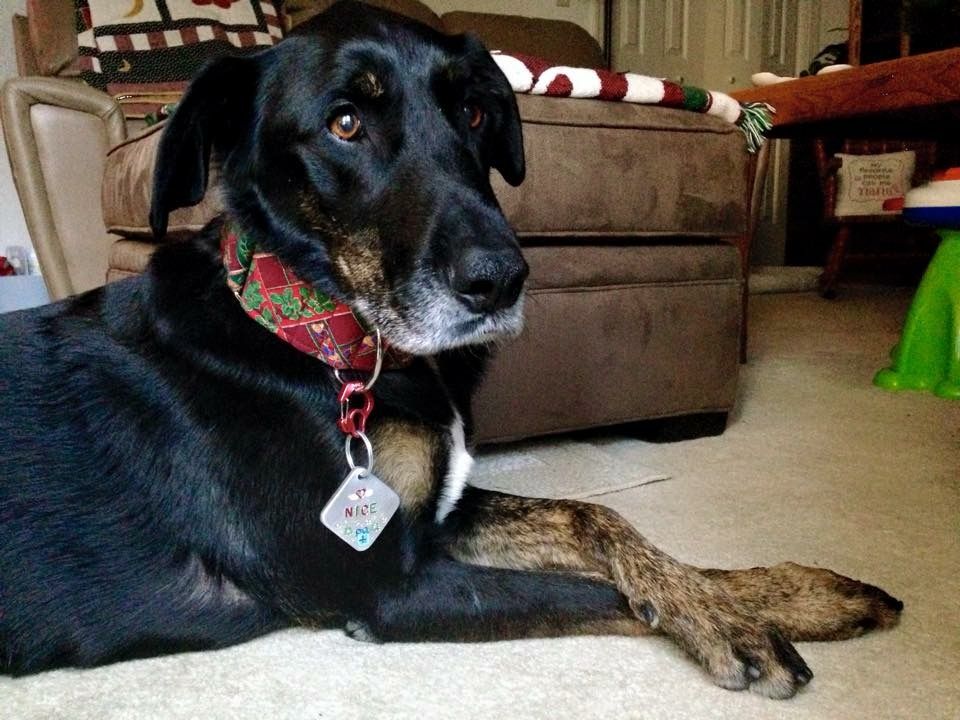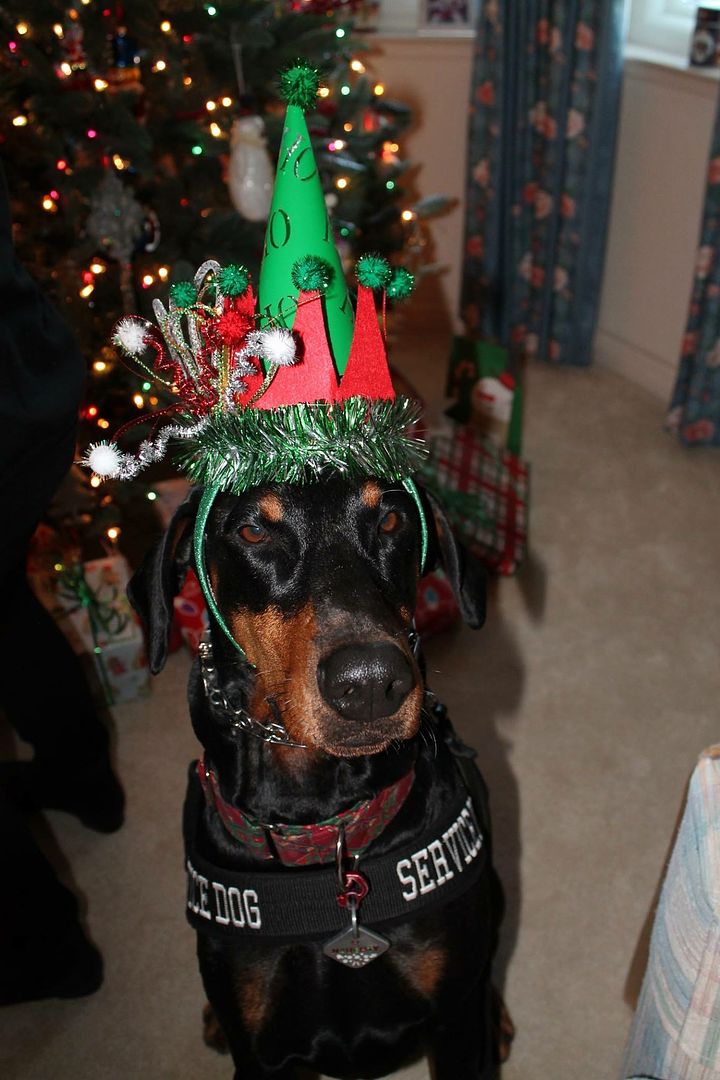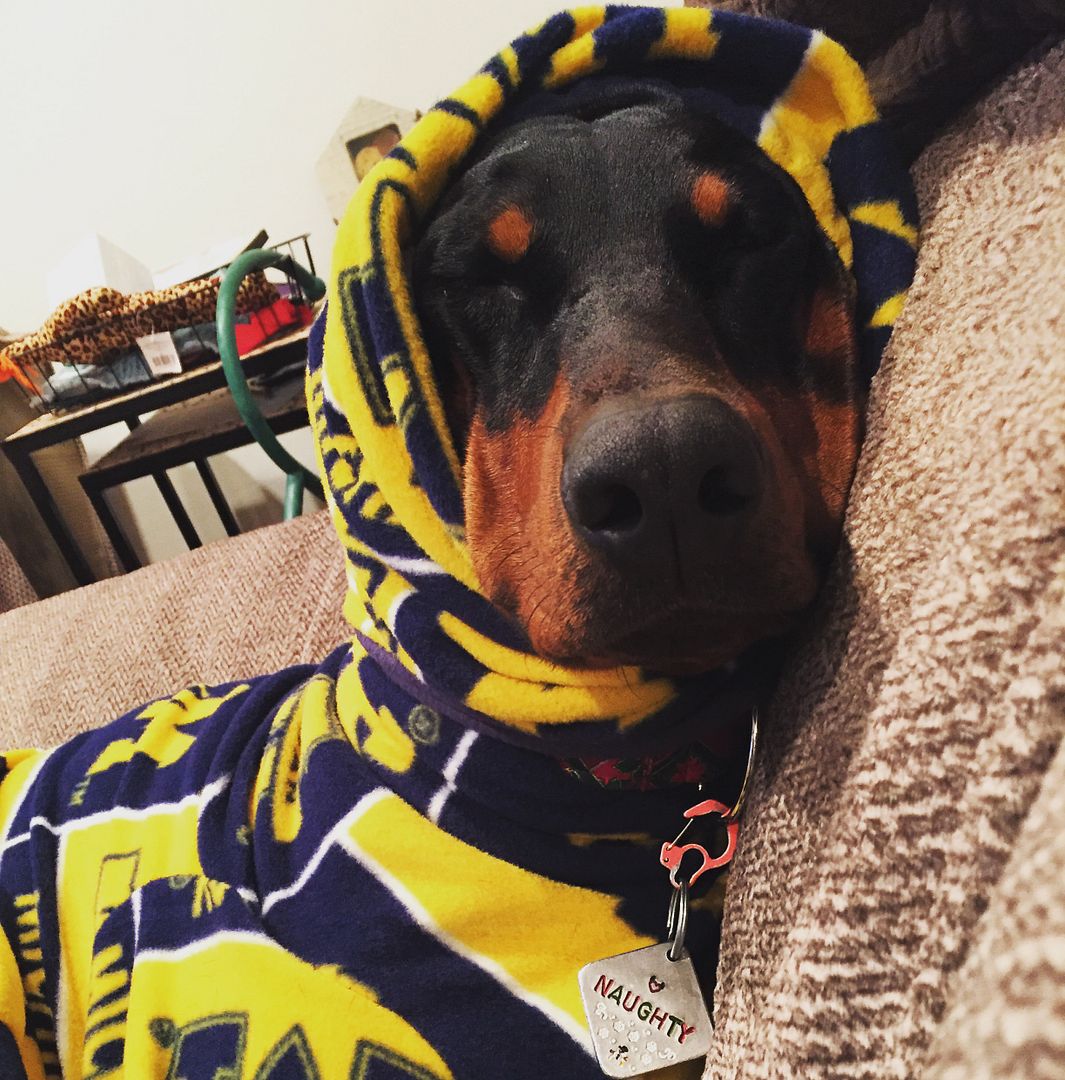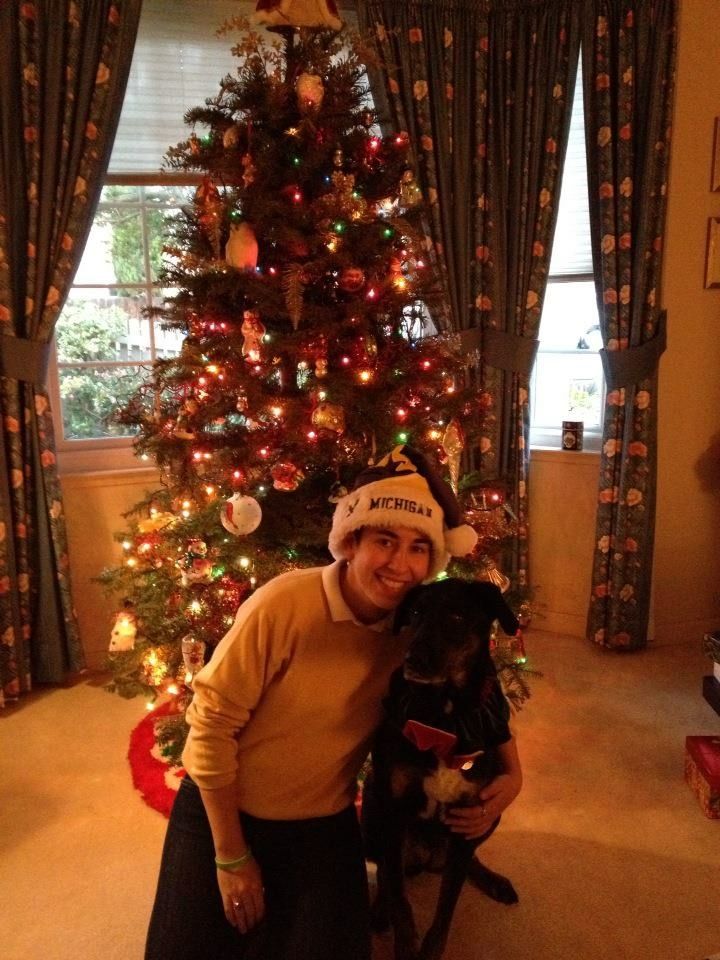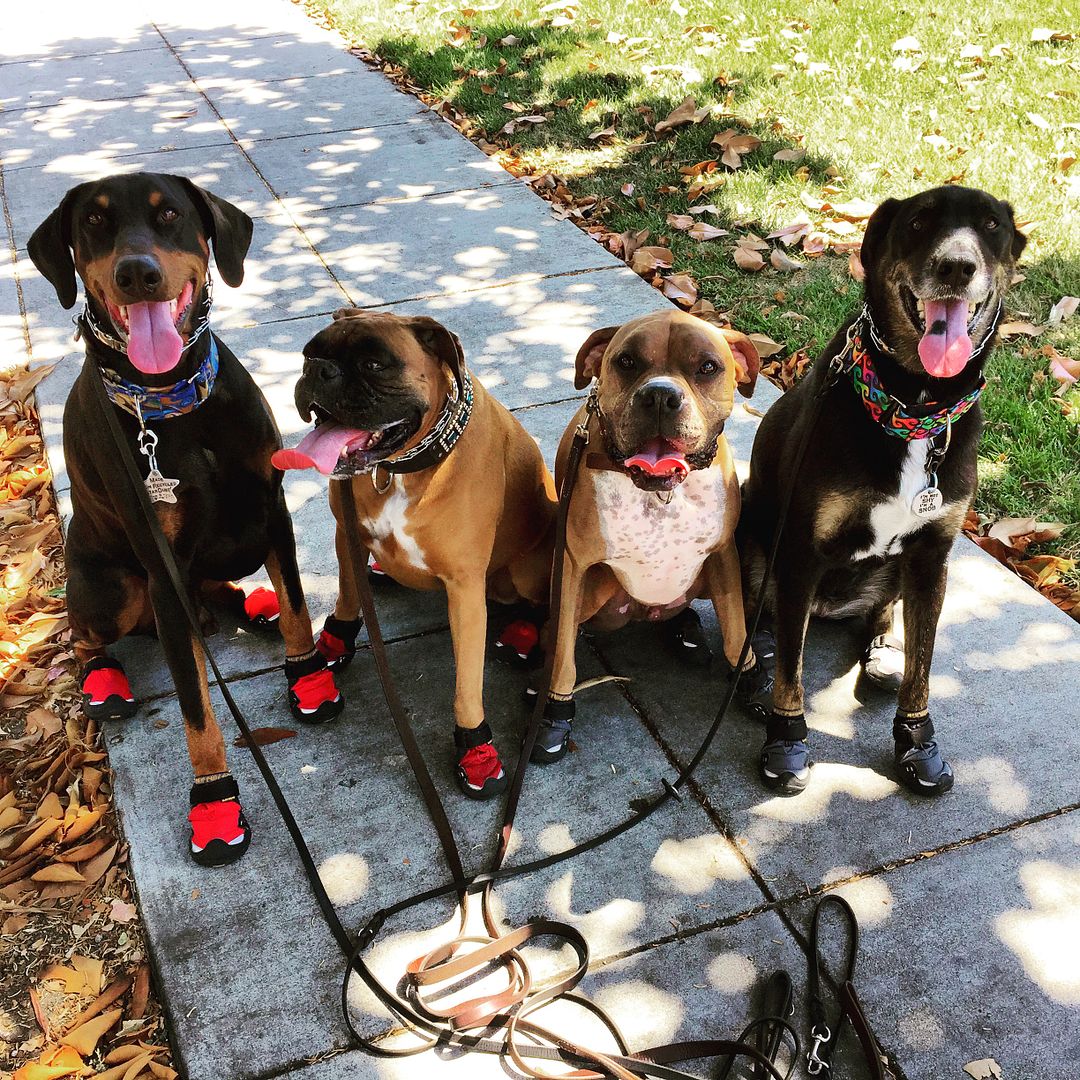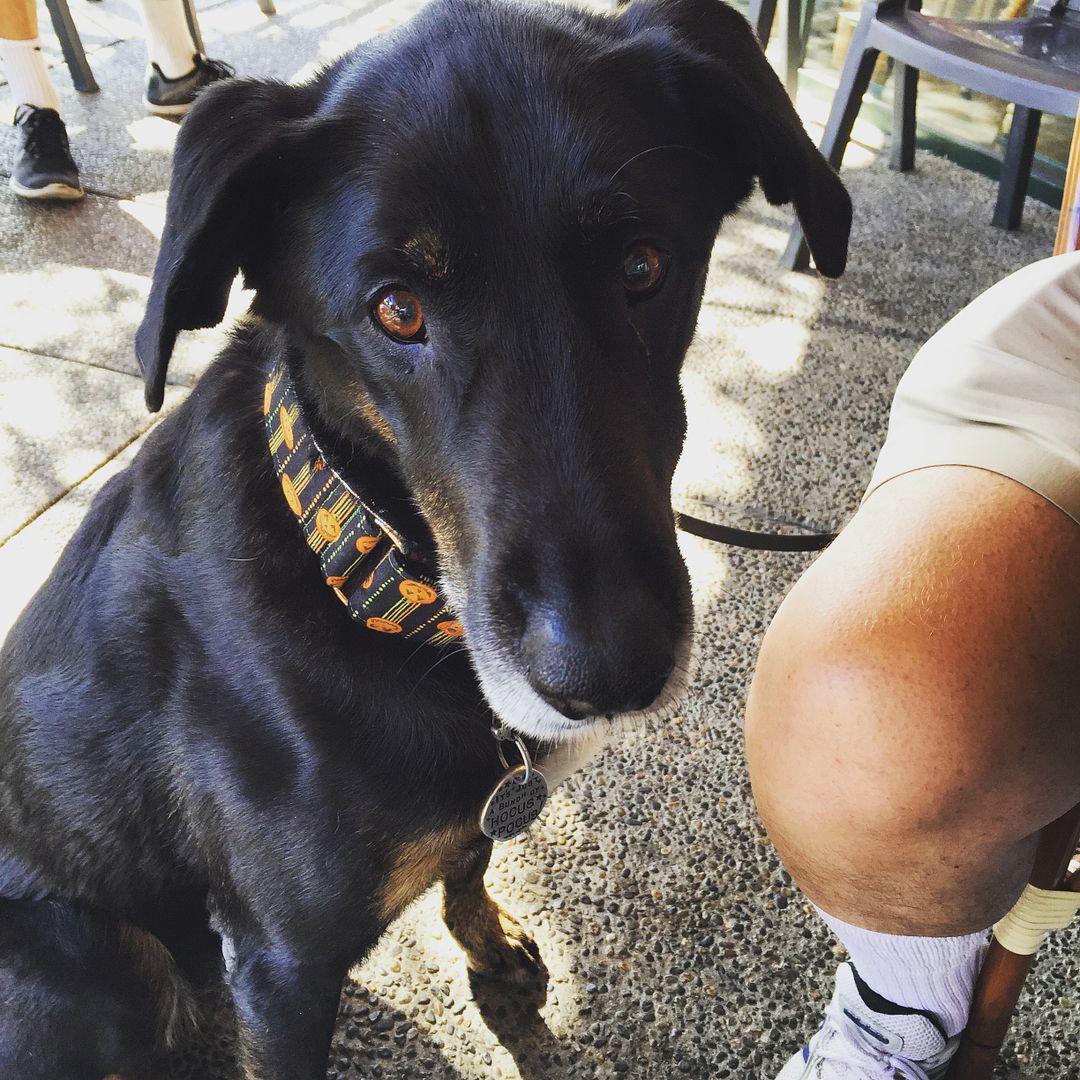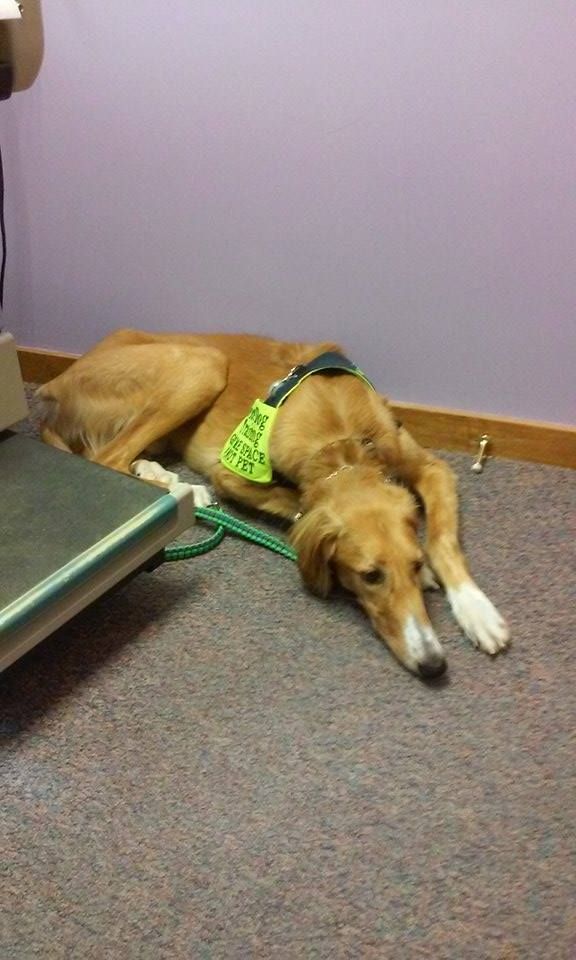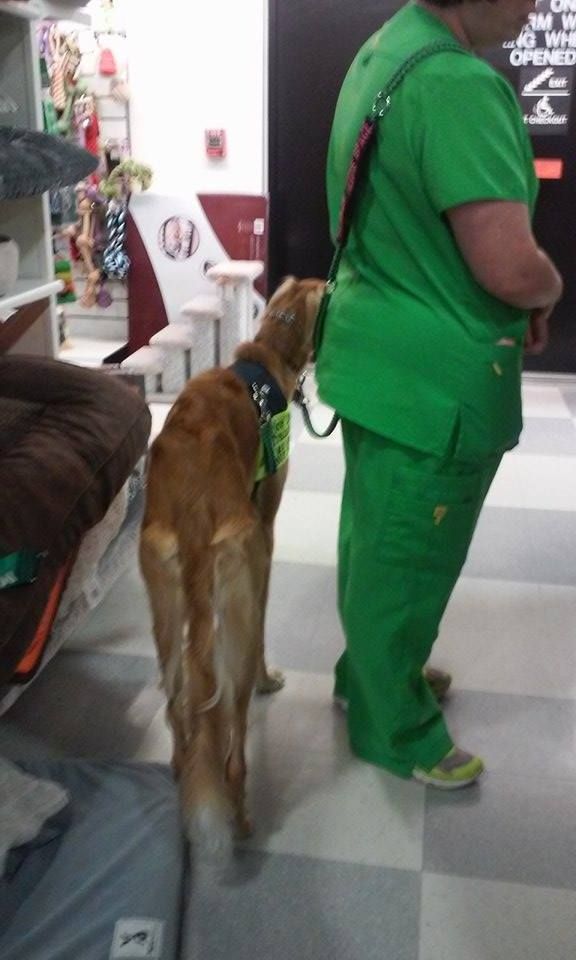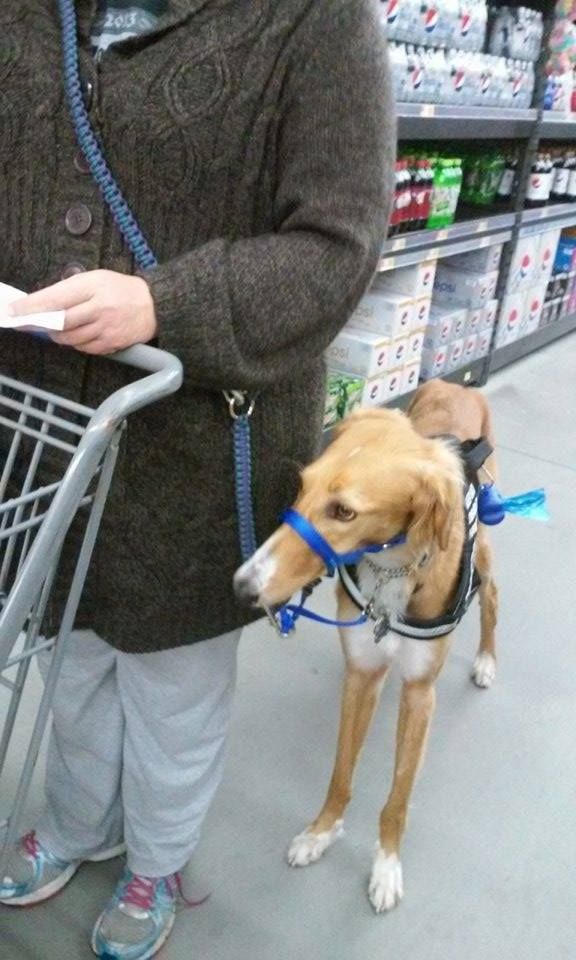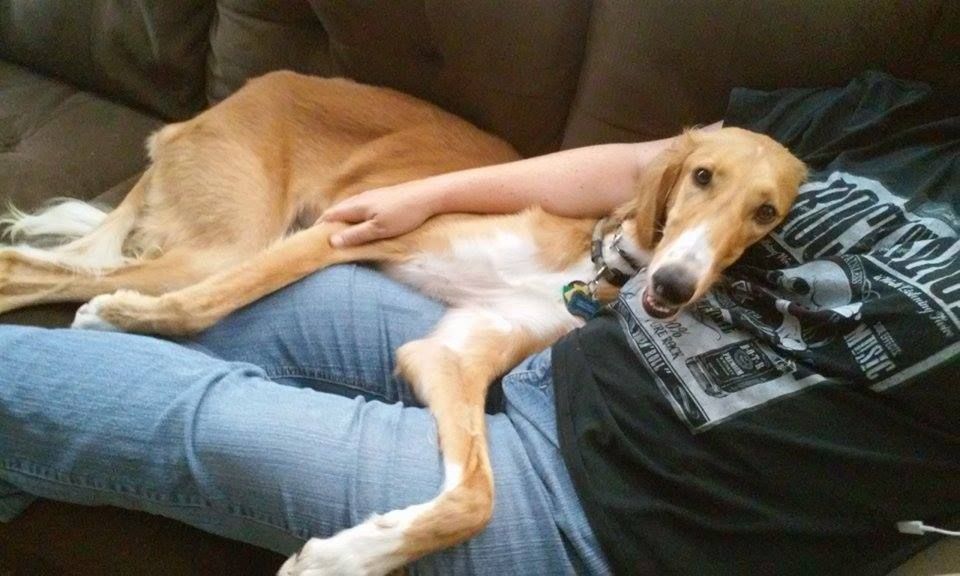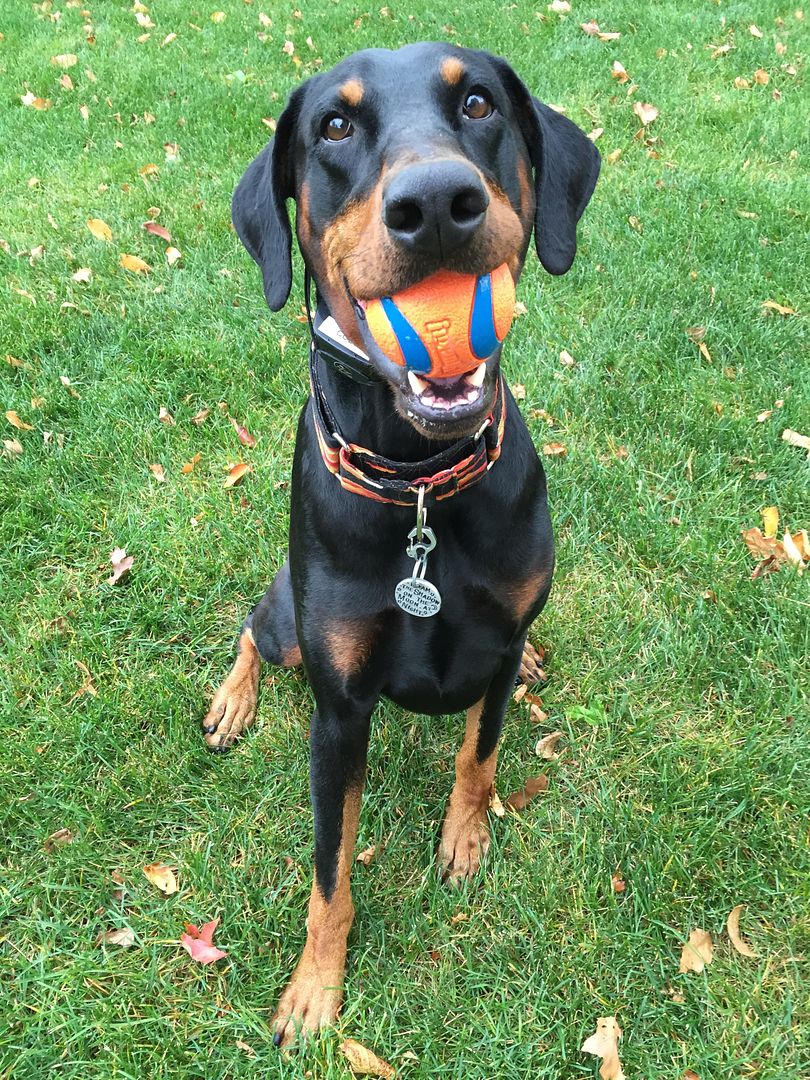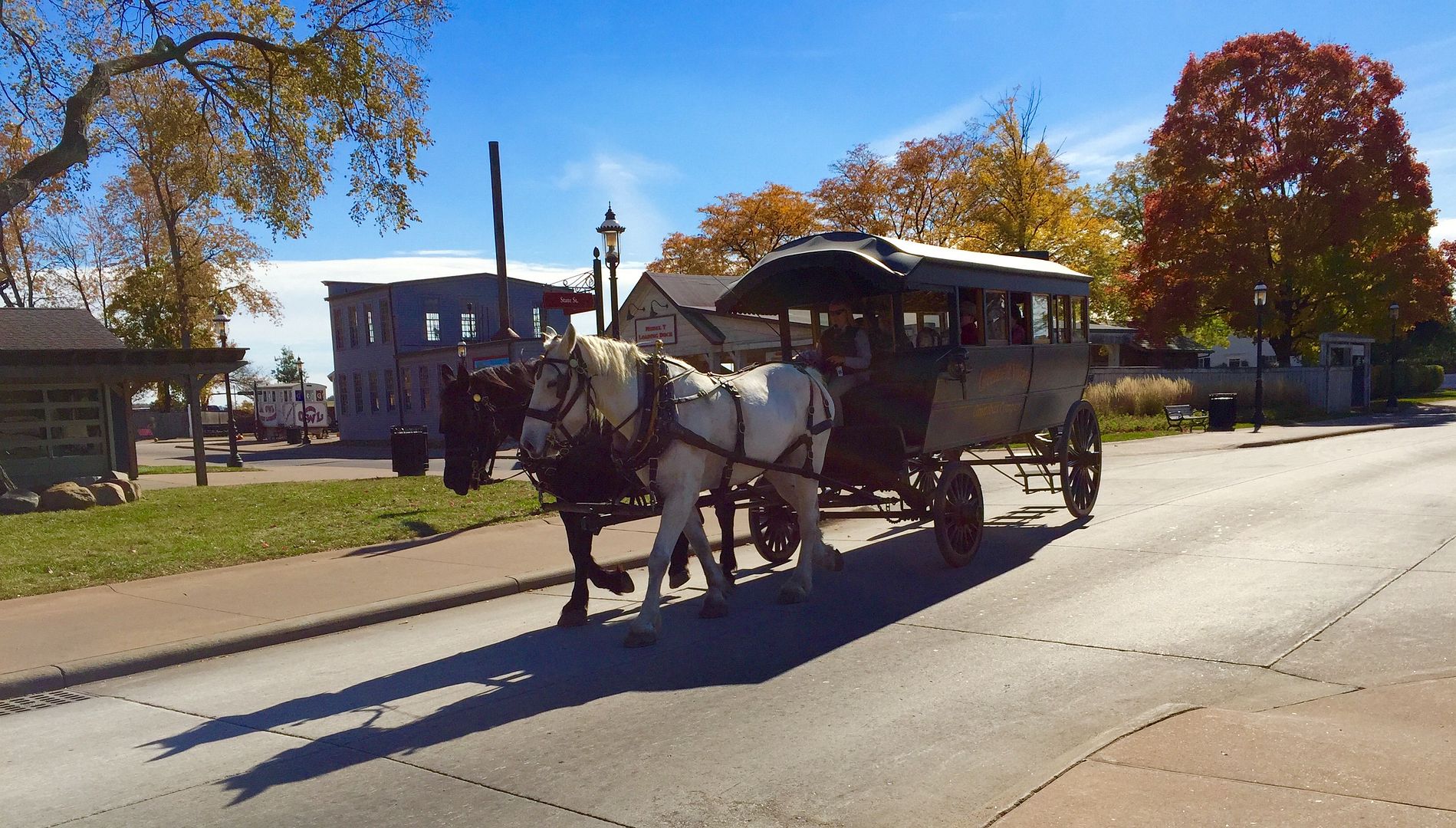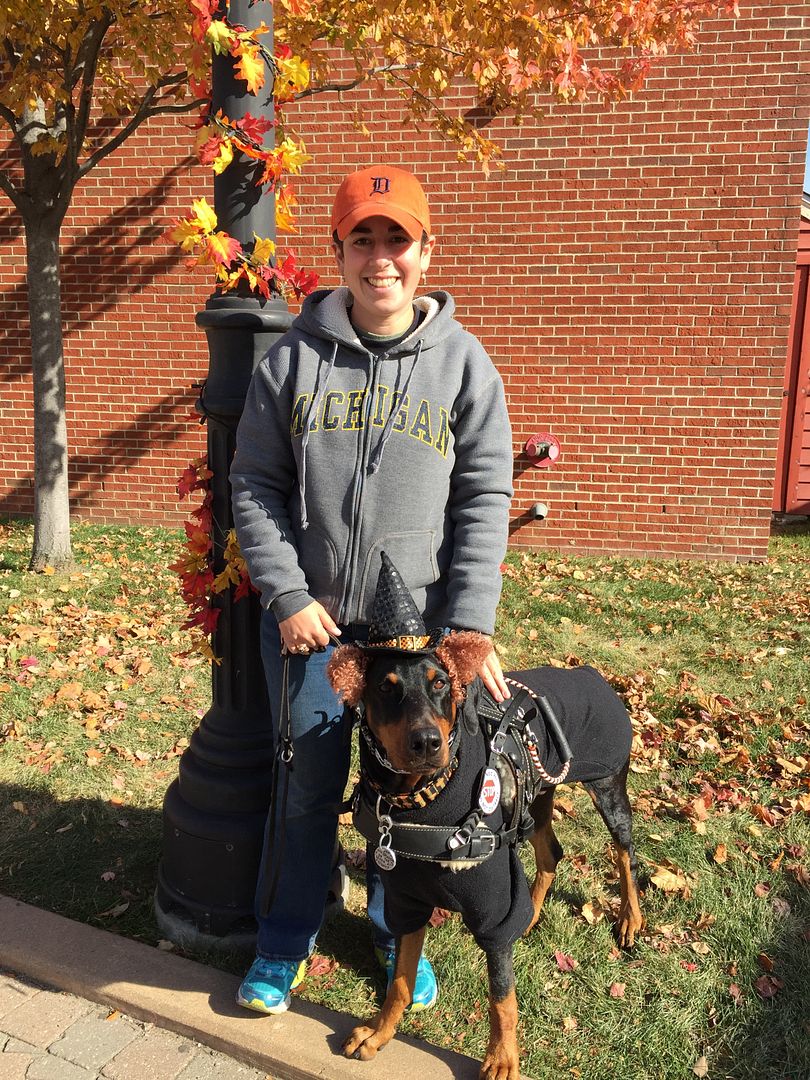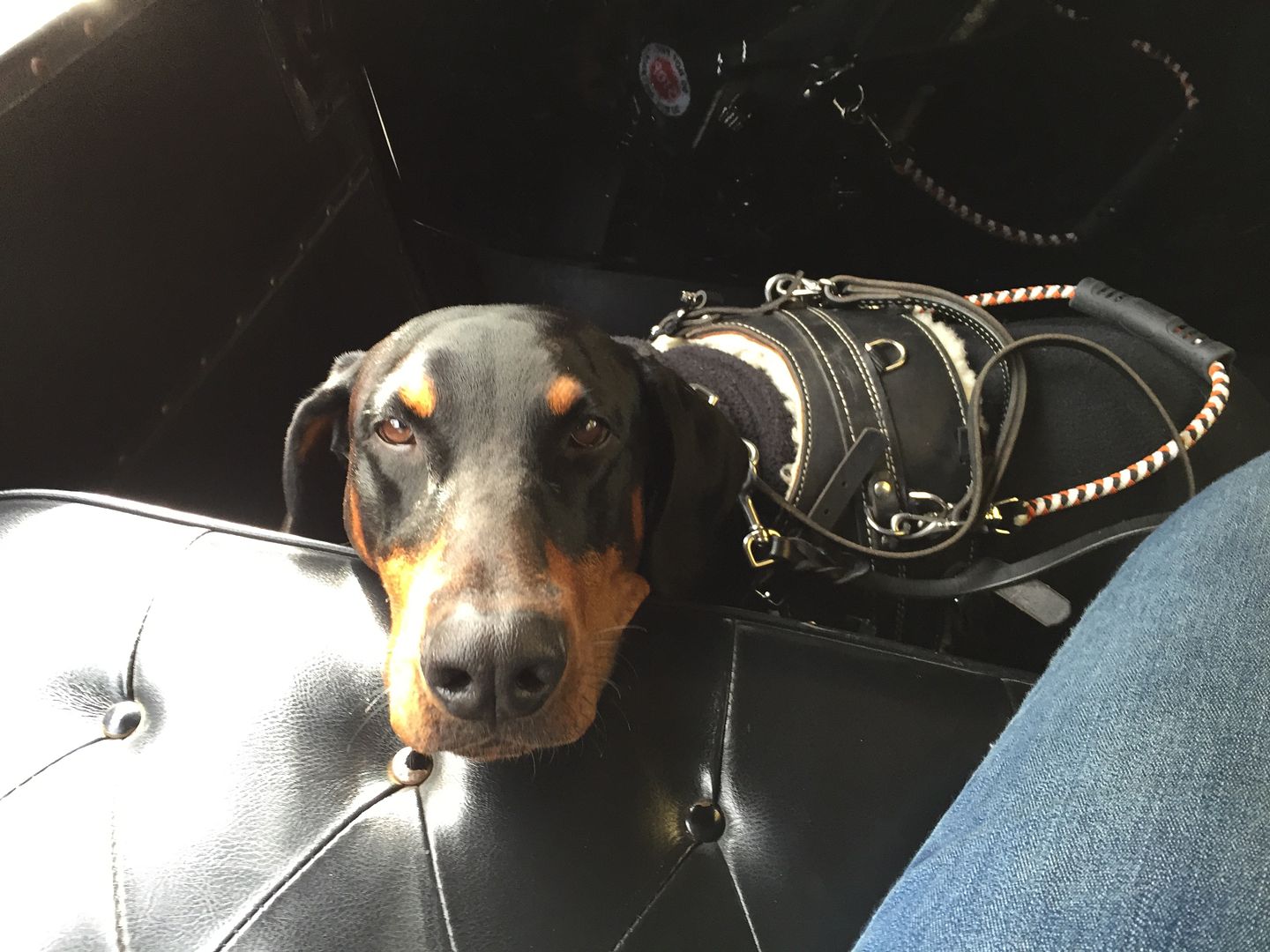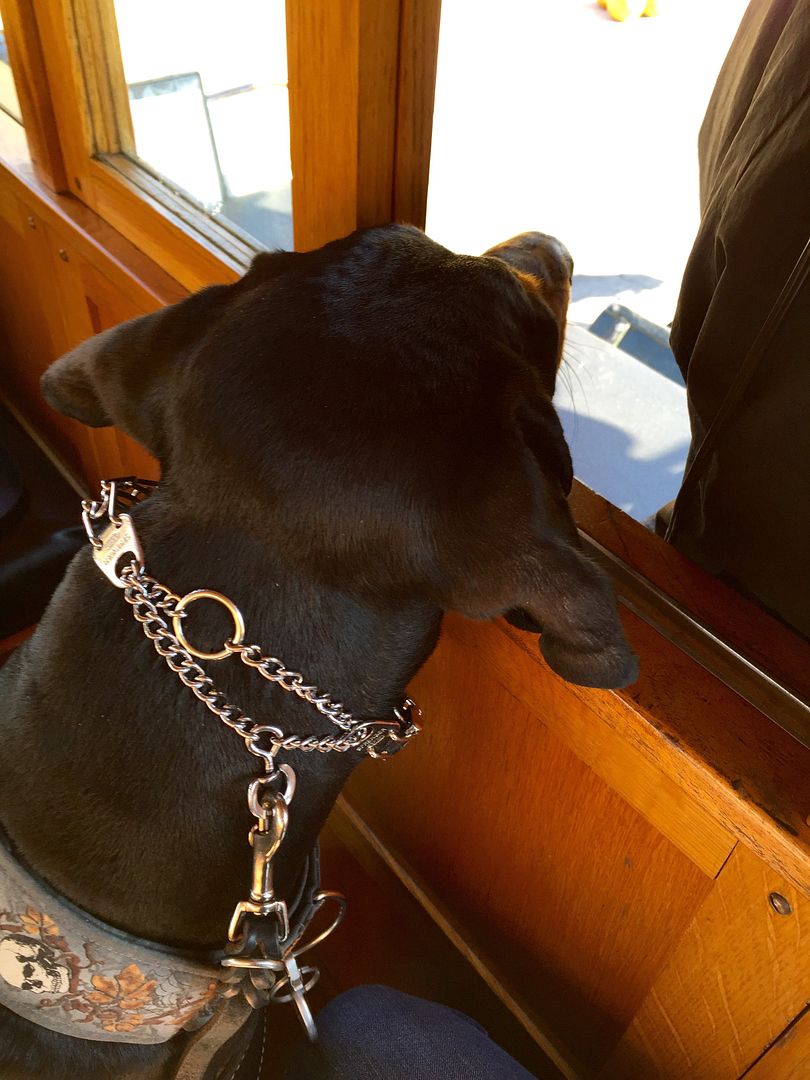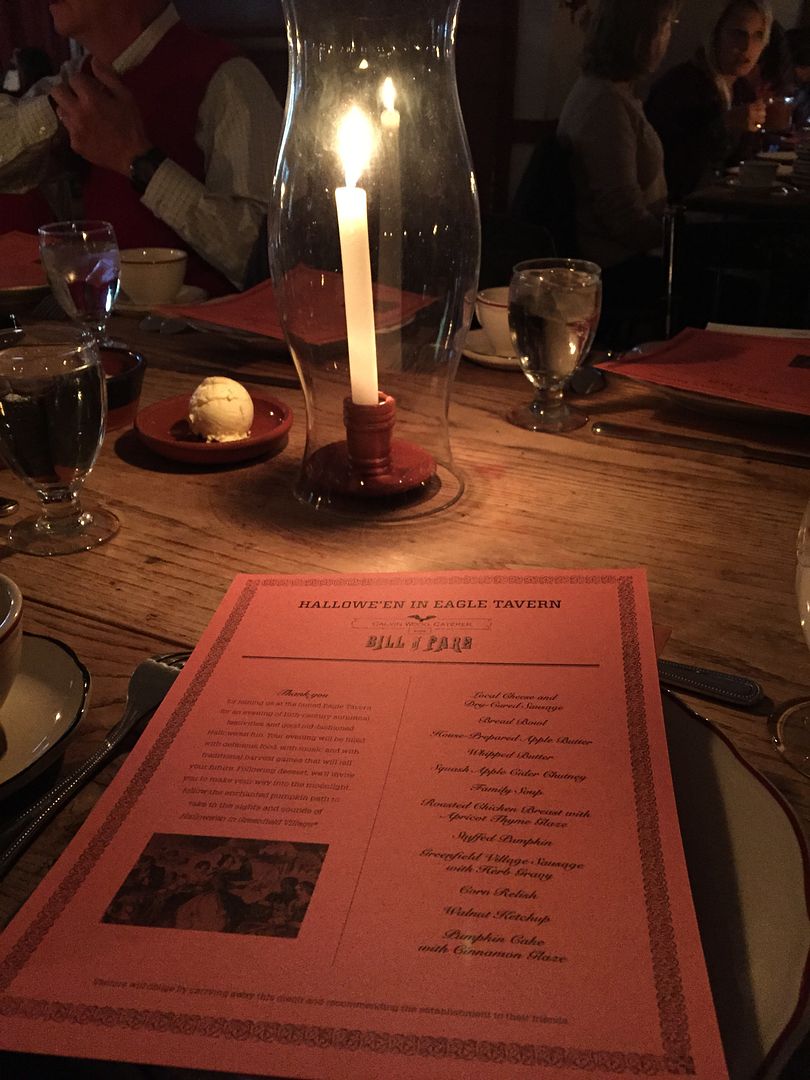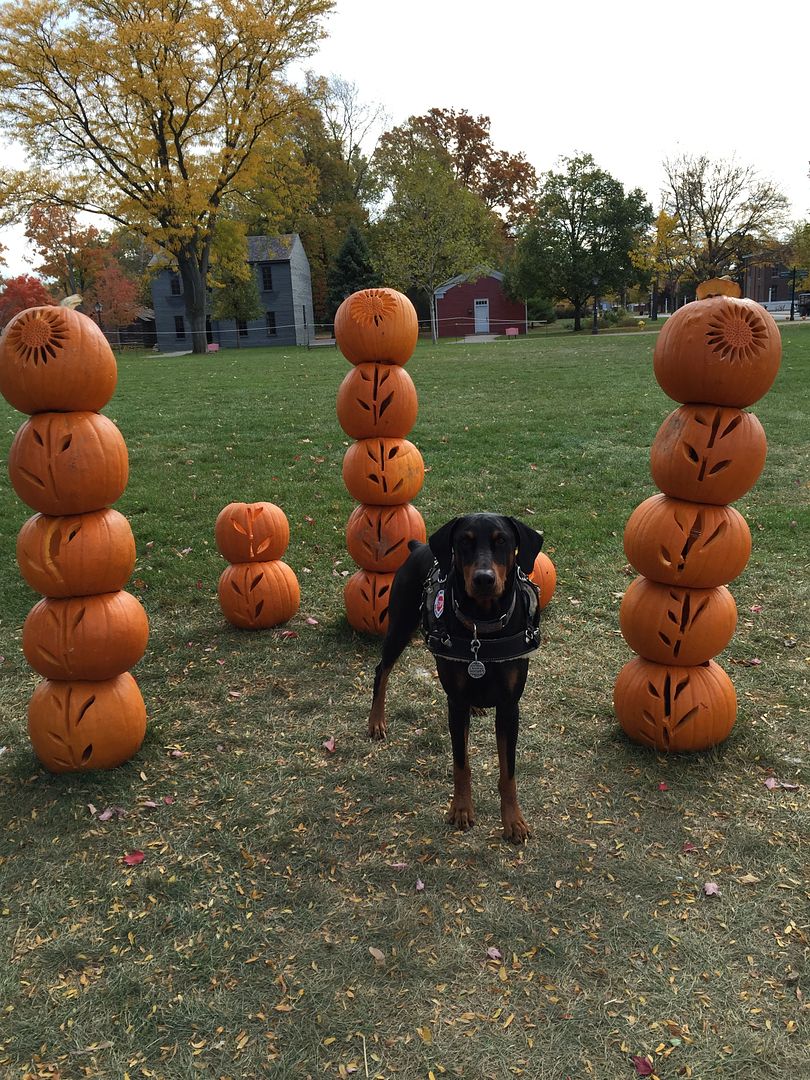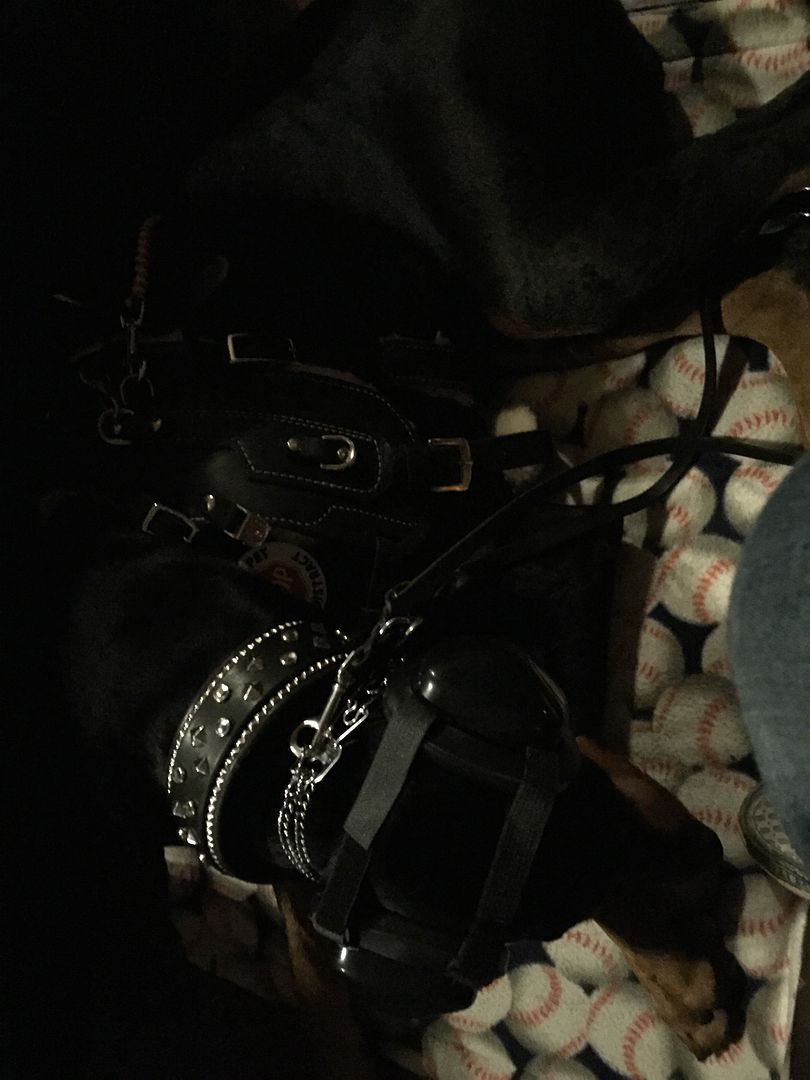The first and most important thing to ask yourself before pursuing a service dog is: Do you have a disability?
It sounds a bit silly, but some people don't quite understand that to have a service dog, you need to have a professionally diagnosed disability/ illness. I continue to make a point of the professional diagnosis, because self-diagnosis does not, by law, mean much. For you to have a service dog with you in public, you need to have a doctor's acknowledgement of your disability. If they also support you having a service dog, then fantastic! However, a lot of doctors have not heard of service dogs assisting anyone other than the blind, so they may not want to sign their name to something they don't understand. Try to educate them if you can, but don't loose sleep over it. Their job is to simply say: "Yes, this person has [insert disability here]."
Next you'll need to think about what you want the dog to do for you.
There are many things a dog can do, but there are also many things they cannot. Some tasks may be easy to teach, while others may take many months of practice.
Are you prepared for this specialized training? What effect will a Service Dog have on your day to day life? Does your family/partner/flatmate approve of this decision?
The people with that you live with will understandably have opinions about adding a dog to the household. A flatmate, for example, may not want a dog around, so it may mean getting a new flatmate or changing accommodation. However, if your partner has an issue with a new dog in the house, you've got a whole new problem. Not to sound negative, but do not underestimate any possible resistance to you having a new dog in the home. To do so may leave you and your dog open to very difficult situations.
Is the dog for a child, and are there other children who may want to be involved with the dog? How will the dog fit into the daily schedule? Who will supervise training? Who will be ultimately responsible for the dog? Allergies may also be an issue, but this might be overcome by getting a hypo-allergenic breed of dog.
Please do proper research on this. No dog can actually be classified as a "allergy free dog." People with allergies to dogs are usually allergic to the dander of the dog's skin, not the actual fur. If you have a dog that sheds less, like a Poodle, Schnauzer, or Italian Greyhound, they are usually easier for allergy sufferers to deal with. Again though, you need to think of how this breed will fit in as a working dog, how much exercise they need, are they people oriented, how much grooming will they need, and so on.
Have you considered your friends?
You may lose friends over a decision to get a service dog. It's sad to say, but I have lost a few friends who did not understand or like my decision to get a service dog. As training intensifies after a year or so, you may find more friends drop off. Not everyone feels comfortable around dogs. Friends may not understand why you are choosing to use a service dog instead of other options. Your friends may not want you to have the dog in their homes or even around them. Talk to your friends before you decide to get a service dog and see the effect it may have on your social life. You may decide that the benefits of using a service dog are greater than keeping the friends who don’t agree with your decision, but it is good to be aware.
Are you ready for the greatly increased public attention?
You will draw attention to yourself (and your disability) with a service dog. A service dog attracts attention, both to the dog and to the handler. This can really change how people perceive you, especially if your disability is invisible. A service dog openly labels the handler as a person with a disability. People who had not known you as disabled will suddenly have it drawn to their attention, and you may find that their perception of you changes when you get a service dog. Members of the general public will want to stop and talk to you about your dog and often also about your disability. Small children may chase your dog and try to pat it or even hug it. If your dog is large, small children may try to climb on it and ride it. A service dog is not a good option for someone that cannot tolerate a lot of public attention.
Can you handle confrontation?
Even if you get to the level where your dog is a fully trained service dog, some people will deny you access to places you have every right to enter. You will also have people tell you that dogs should not be in public places, or you may even be accosted by an animal loving activist for enslaving an animal (of course we know this is false, however some people don't understand).
These confrontations can be emotionally exhausting and hurtful. They can also be time consuming. Are you able to stand up for your rights to business owners and insist on access? This is a very real and unfortunate part of having a service dog. If you are not able to deal with this, you probably should not get a service dog.
What about the responsibilities of service dog/pet dog ownership?
Financial responsibility comes with dog ownership. Medical emergencies may pop up, with the average emergency vet bill coming in at $1000-$3000.
Further costs include leads, bedding, service coat/jacket, toys, grooming equipment, shampoo, flea and worming treatments, council fees. If you are not financially stable, a service dog (or a dog at all) might not be the best move. Check your local council regulations regarding the housing and keeping of dogs. This does need to be explored, particularly if you already own other dogs. Some councils' restrictions are severe, while others are more accommodating. All will require some form of licence. And they usually have a limit of 2-3 dogs per house.
Are you ready for the long term commitment that comes with dog ownership?
Dog ownership is a commitment! If you're lucky, the dog will be a good worker for roughly 8 years. On retirement, you must decide if you will keep the dog or find a new and suitable retirement home for them. What will you do if the dog develops behaviour problems or health issues and must be retired early? Will you be able to keep them? Will it be safe to keep them if you need to get a new service dog to replace them?
What are the responsibilities of Service Dog ownership?
Do you have the time and patience to work with a service dog both initially in the partnership and commit to ongoing training during the dog's life? Getting a service dog, regardless of whether it comes fully trained from an organisation, or for you to train under supervision/on your own, is a huge transition. Initially you need to spend a lot of time going over the basics, earning their trust and learning to work comfortably with a constant canine companion.
Have you ever trained a dog entirely on your own?
Learning to understand and “read” your dog and learning to work with your dog in public is not a walk in the park, so to speak.
As you progress together, the amount of time spent on dedicated training may decrease, but a certain amount of ongoing training is necessary during the working life of the dog. If the training is not maintained, your dog's skills will deteriorate.

Training your dog to be a service dog is not something that can be done in a weekend or even in a month. It will be an ongoing process continuing for the whole life of the dog. However, the most intense training will be in the early months/years, especially if you opt for getting a puppy instead of a young dog. There will be days when you will feel you are not progressing and in fact you may think the whole process is going backwards. These days are normal. Training requires consistent, daily effort even when starting with a dog that has already had significant obedience and socialisation. If you do not have the time to do this, or you are not willing to spend time working and practising with your dog daily, a service dog will not be a good option. You may decide a companion dog that you can just enjoy at home is a more appropriate choice.
You need to understand the basics of dog training before starting to train your Service Dog.
It is important to use humane, balanced, science-based training techniques when training any dog. Improper training techniques will at best decrease the dog's performance reliability and at the very worst can turn your dog into a dangerous, unpredictable animal. A service dog must be able to demonstrate very high standards in both public behaviour and task performance. If you do not already know the current basics of training methods, you should first seek professional assistance and instruction before starting. A service dog is still a dog. Even the best trained dog in the world will not be a perfect dog. If you cannot handle imperfection from your dog, you definitely should not train a dog, and probably should not consider working with a service dog.
While service dogs are highly trained, they are nonetheless animals, and will make mistakes. They will have good days and bad days. Someone who struggles with the ups and downs of dog training will not be an effective trainer and may compound the situation. You should be willing and able to seek outside help if you need it. If at any point you realize that you are not succeeding with your dog, you must be willing to discuss this openly with a specialist trainer.
This help could come in a variety of forms and it could be as simple as a telephone call to talk over the problem. If you are not the sort of person who is able to ask for help, please reconsider attempting to train your own service dog.
What breed of dog should you get?
There is no one breed of dog that is a better service dog than other breeds. However, there are breeds which are known for this work because of their trainability and easy recognition by the public. Common service dog breeds can include Labradors, Golden Retrievers, and Standard Poodles.
While many people have had success working with breeds such as American Pit Bull Terriers, Dobermans, and Rottweilers, you need to be aware that certain breeds invoke strong negative public feelings (especially the stronger breeds/bully type breeds).
Back to the question, from where should you get your dog and what sort of dog?
Look for dogs that are healthy, with the right temperament, and suitable for the tasks you want the dog to do. Shelters at times have great dogs that are available for adoption for unfortunate non- behaviour related reasons (e.g. owners moved, passed away, had a new child etc.) This may mean that a temperamentally great dog may become available. However, there are also many dogs in the pound because they are no longer wanted, or have issues, either in health and/or behaviour. Sometimes too what you see of the dog’s behaviour while it is in the lost dog’s home is not the behaviour it will exhibit two months later in your home.
A good service dog is near bomb proof, and restores to its "natural behavioural settings" in a very short time. This is very important as the dog needs to be able to cope (or learn to cope) with any type of situation, noise or visual stimuli, crowds, or confined spaces etc.
A rescue dog can bring greater risks as usually there is a very limited history of family backgrounds and of care and treatment that has been given. Within breed groups there are also specialist re-homing services, normally operated by and for a breeders' group to protect the breed and ensure that re-homing is done to the best possible homes. There can be terrific candidates available, and being a breed related group, health and temperament information is more readily accessible.
Once again, be careful to do your homework, because anybody can call themselves a breeder. Ask if the dog is registered through a state body; ask for references from the breeder’s vet and other people who have bought dogs or puppies from them. They're usually delighted to give you these details if they have the breed’s interests at heart. You may also be asked or references about your ability to care for a dog.
Similar risks apply to puppies—their parents may be great, but puppies are still developing their personalities. Puppies need to progress through the juvenile periods, they will be silly at times, push boundaries and may not make the mark.
The International Association of Assistance Dog Partners (IAADP) believe that around 30% of puppies out of well-bred adults will make the mark to become a Service Dog.
Another source to consider is recruiting from "Show Ring" dogs that did not make it in that world, but are genetically and behaviourally very balanced—that is, unless they are being discarded from the show ring and breeding plans because of behavioural issues. The dogs that are being discarded because they do not meet the breed standard (e.g. too tall, too short, etc.) are better bets and often have reasonable social skills and are normally sound of health. Like anything, the cost associated with getting a dog this way may be higher than through a rescue.
Do you need a dog to perform retrieval based tasks?
Most dogs, with enough training, can be taught to retrieve - not just breeds with "retriever" in their name. However, some dogs love to retrieve and do it naturally or can be easily trained to do it. If you need a dog that can do a lot of retrieving, it would be in your best interest to make sure you point that out to your chosen source of a dog.
How active do you expect to be with your Service Dog?
Your activity level and expected daily routine is an important consideration. Be sure to be 100% honest with yourself about this, a bored or under exercised dog can be destructive and difficult to train.
Do you work at an office job where your dog will be sleeping under your desk for hours at a time? Do you have an active job where you are up and about for most of the day? Dogs are as individual in their activity levels as people. If you have a dog that needs frequent stimulation and activity and you sit behind a desk all day, the dog will not be happy. However, if you have a dog that enjoys his naps but is still ready to go when the day is over, then you have the perfect office companion. In the same way, if you are very active and your dog is not, you will find yourself dragging your dog along everywhere you go, and no one will be happy with that! Keep in mind that all dogs need some level of physical activity to stay healthy and happy, and if that cannot be provided by either yourself or by arranging for your dog to get exercise you may want to reconsider getting a service dog.
What kind of personality do you like in a dog?
Dogs are individuals; your partnership success depends on the compatibility of you and your dog. Some dogs are sensitive and responsive. These are usually easily corrected and want your approval and praise. They work because they want to make you happy, and they are satisfied when you are satisfied. This is often (but certainly not always) a good type of dog for a first-time dog owner, or a sensitive, quiet person who does not want to try and "talk" an independent dog into working.
At the other end of the scale is a hard dog. They are stubborn, independent and self motivated. They can be frustrating to train. They work because they want to, and because they like their jobs. They like praise, but don't necessarily need it. They are happy when they feel they have done a good job. Hard dogs are often the best dog for an experienced owner/trainer, or a handler that is more outgoing, loud and assertive or someone that wants a self-motivated independent thinker in a dog.
Realistically, most dogs fall somewhere between these two extremes. Look critically at your preferences, personality, and training experience as you do the selection process. Like the difference between hard and soft, some dogs have independent characters while others are more social creatures. Most dogs have times when they need both their own space and close companionship.
When evaluating preference for independent or social dog, take into account the preferences of other family members or house mates. If you like an extremely social dog, but others do not, it might be best to compromise.
When considering a dog, think about the size, where it will live—in an apartment with a small yard, will it be required for mobility assistance (support when getting up or walking). Think about the longevity of the breed as some giant breeds have a very short lifespan (5-6 years). Consider the coat care, the amount of grooming needed, how much clipping is required (will it need to be professionally done to maintain an acceptable standard for public access? Professional groomers can cost a lot), will the dog to cope well with the your climate? Some people are very concerned about doggy odour, and some breeds have more than others. This may cause irritation in a relationship or even with a very sensitive person.
There are other issues to be considered, but this might help focus your ideas and expectations. And of course after reading all of that, if you have any further questions or worried feel free to contact me. Again, I'm no expert by any means, but sometimes it's nice to know you're not alone.
Robbi Flynn
Robbi is a service dog handler in Australia who owner-trained her dog, Musa. She
can be reached through her website.
